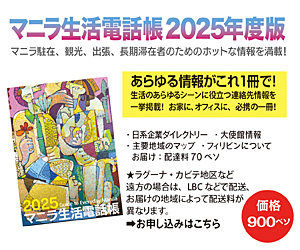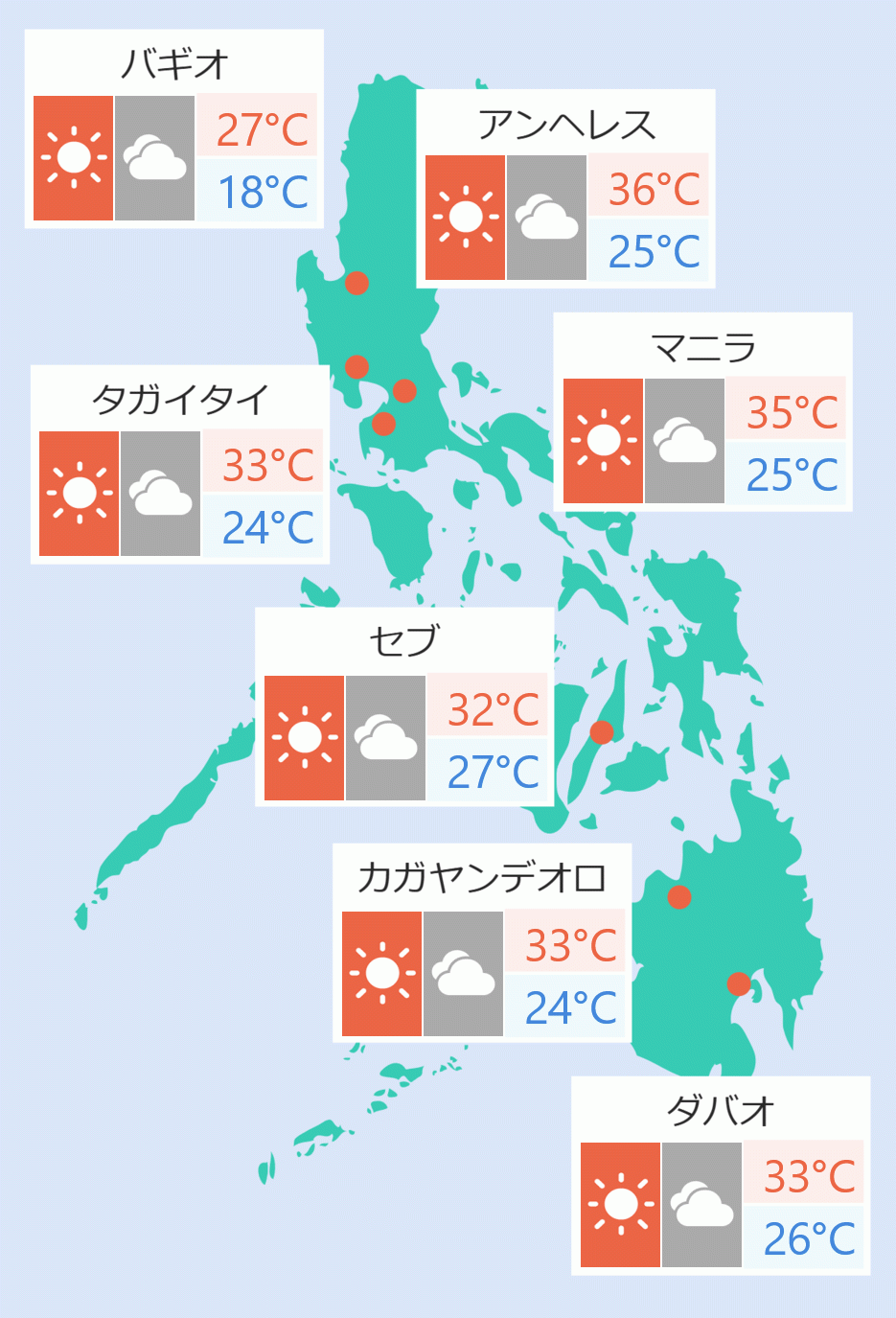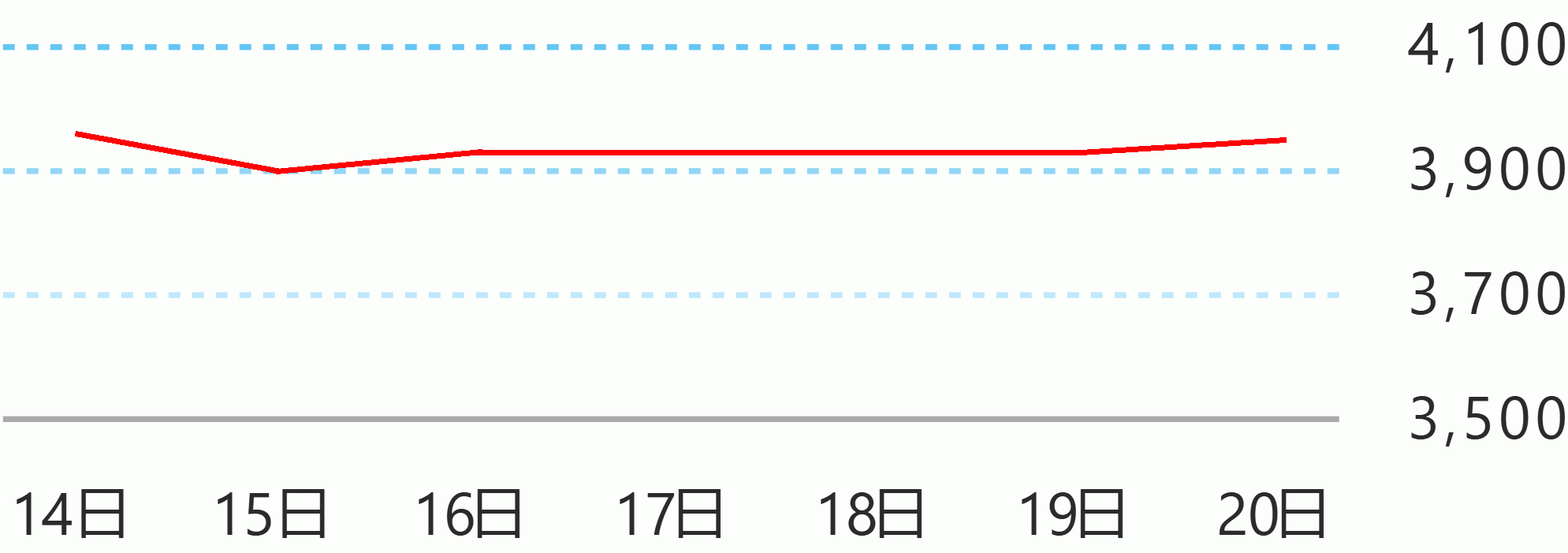By Benjamin E. Diokno
Philippines Secretary of Finance
After the highly unprecedented pandemic, followed by Russia’s invasion of Ukraine and a weakening China growth, the global economy is likely to face a mild recession next year. But for the Philippines, the worst is over, and better years are expected.
All things considered, the Philippines did very well in 2022 ? both politically and economically. The 2022 presidential and local elections were peaceful and the transfer of power was frictionless. Both feats should be the envy of most democratic governments. President Marcos Jr.’s absolute majority win ? 31 million votes or 58.7 percent of the total votes cast ? gives him a strong mandate to push further game-changing reforms.
2022 Economic Growth Exceeding 7.5% is Doable
On the economy, after a modest recovery in 2021, the Philippine GDP will likely grow much faster than the official target range of 6.5 to 7.5 percent this year. All sectors will be surging, led by manufacturing and construction, while strong domestic demand is supplemented by exports. Employment rate, a key metric in a labor-rich country, has exceeded pre-pandemic levels, creating some 4.6 million new employment.
The manufacturing sector is one source of optimism. The S&P Global Philippines PMI has mostly been on an expansion mode, reaching 52.7 percent index points in November. Jobs in the manufacturing sector increased by 10.42 percent in October 2022 year-on-year as improved sales signaled business expansions and higher capacity use. The expanded job creation is a sign of future growth prospects for the sector. Looking ahead, output expectation in the next 12 months remains optimistic with hopes of demand expansions.
The employment outlook is another source of optimism. Unemployment rate slid to 4.5 percent, lower than the 5.3 percent unemployment rate during the pre-pandemic period. There were 4.6 million new jobs in October 2022 compared to the level posted during the pre-pandemic period.
Underemployment rate in October 2022 (14.2 percent) was lower than the January 2020 pre-pandemic period (14.8 percent).
More Filipinos 15 years and older have joined the workforce. The labor force participation rate (LFPR) in October was 64.2 percent, higher than the 61.7 percent recorded in the January 2020 pre-pandemic period.
Inflation, which has been a challenge for almost all countries -- both developed and emerging -- has been a major concern for Philippine authorities too.
But for the Philippines, the outlook is that inflation will start to ease next year and will be within the target band of 2.0 to 4.0 percent by 2024. This positive prediction is based on the very close coordination between monetary and fiscal authorities and the falling prices of oil and related commodities.
Oil prices, a major source of imported inflation, have gone back to levels before the Russia-Ukraine conflict amid worries over global demand outlook. Rising COVID cases and the strict quarantine measures in China have had dampening effects on crude oil prices and other energy commodities. In brief, the oil futures market remained in backwardization as of 29 November 2022, owing to weak demand due to production disruptions in China, tighter global financial conditions, and deteriorating world growth prospects.
Economic Outlook for 2023
Many institutions and experts have predicted a global recession in 2023, and consequently, downgraded Philippine GDP growth outlook to less than 6 percent. The Development Budget Coordination Committee (DBCC) predicts that the Philippine economy will grow by 6.0 to 7.0 percent in 2023 in the face of external headwinds. But an average GDP growth of 6.5 percent is nothing to be sneezed at: it is still one of the highest, if not the highest, growth rates among ASEAN+6 economies.
There are many reasons for this optimistic view.
First, the early approval of the 2023 national budget. This means that the programs and projects of the national government will start to run from day one of the new year. This is especially relevant for public construction which is about one-fifth of the P5.2 trillion national budget. Ideally, public construction has to start in the first half of the year because of the favorable weather conditions: more sunny, less rainy days.
Second, the early adoption of the first-ever Medium-Term Fiscal Framework, (MTFF) FY 2023-2028, which President Ferdinand Marcos Jr. unveiled in his State of the Nation Address (SONA).
The MTFF serves as the new administration’s North Star as it pursues economic and social transformation within a regime of fiscal consolidation. In the spirit of national unity, the MTFF was swiftly embraced by both Houses of Congress through a joint resolution. As a result, both the Executive and Legislative Departments of government are on the same page, pursuing the same national aspirations, at least for the next three years. This unprecedented achievement and display of unity may yet be the envy of all democratic governments in the world.
Third, the swift approval of the Philippine Development Plan 2023-2028 (PDP). The PDP is a coherent Plan for Economic and Social Transformation that accelerates economic and social recovery towards inclusive and resilient prosperity. It puts flesh into President Marcos Jr.’s skeletal 8-point socioeconomic agenda which he mentioned in his first SONA.
Fourth, is the strong international credit profile of the country, even among higher-rated peers. In a sea of downgrades as a consequence of the pandemic, major credit agencies (Moody’s, S&P, and Fitch) have maintained the Philippines’ investment-grade credit ratings.
Fifth, is the stable and resilient banking system, characterized by: strong capitalization well above international norms; rising assets funded mainly by deposits; satisfactory loan portfolio with low and falling non-performing loans (NPL) ratio; and strong liquidity position to fund requirements during shocks.
Sixth, the adequate buffers against external headwinds. The country has a hefty level of gross international reserves (US$95.1 billion, Nov 2022); low external debt/GDP ratio (26.8%, end September 2022); and a favorable external debt profile: by maturity (15.2% short-term, 84.8% medium and long term), by borrower (40% private sector, 60% public sector), and by interest type (56.7% fixed rate, 42.4% variable type, and 0.9% non-interest bearing). In addition, the country has a steady supply of foreign exchange from overseas Filipino remittances, export revenues from Business Process Outsourcing firms, tourism receipts, and inflows from foreign direct investments.
Seventh, a more favorable economic environment that removes barriers to foreign investments and further opens economic sectors to foreign equity. The government has crafted policies that allow for more participation in Philippine industries. Foreign investors can have 100% ownership of micro and small domestic enterprises with a paid-in equity capital of US$100,000 but not to or more than US$200,000, subject to some conditions. The Retail Trade Liberalization Law was amended to allow more foreign players in the retail market by lowering the minimum paid-up capital for foreign corporations from US$2.5 million (P125 million) to US$500,000 (P25 million), and removing the required net worth, number of retailing branches, and retailing track record conditions. The Public Service Act was amended to allow up to 100% foreign ownership of public services such as telecommunications, airports, railways, shipping and expressways. These game-changing laws are expected to boost foreign direct investments, in particular, and the economy, in general.
Eighth, the young, tech-savvy, mostly English-speaking labor force. In an aging world, this is a formidable asset. The government has to deliver on its commitment to invest in its people to develop them into an agile, competent, and competitive workforce by investing in their education and health care.
Ninth, the strong commitment to continue and further expand the “Build, Build, Build” program, but with a twist ? now with enhanced private sector participation. The IRR of the Build-Operate-Transfer Law was amended within the first 100 days of the Marcos administration to create a more competitive and enabling environment for public-private partnership (PPP) for infrastructure development.
As of October 31 2022, there are 283 PPP projects (206 under implementation, 77 in the pipeline) worth P5.3 trillion. Moreover, the government is committed to keep 5% to 6% infrastructure spending-to GDP ratio for 2022-2028.
The Philippines’ future is bright
As long as the country stays united and its political leaders and policy makers remain focused on economic growth, the Philippines’ future remains bright. The trajectory of its growth will make the country one of the leading economies in the Asia-Pacific region. DOF Communications Division





 English
English










